
Panama: Revolutions in Contemporary Dance
Dance in Panama has not been satisfied with mere polite applause for some decades now. Rather, it seeks to unsettle and shake up its audience, healing rifts in the social consciousness. Aside from nurturing artistic excellence, this movement tries to provide marginalized groups with a platform for artistic development and collective expression.
By Xavier Stanziola
Photos: Cortesía
Every October, contemporary dance fills the theaters and streets of Panama City. This has been happening since 2012, when Analida Galindo and Ximena Eleta organized the first Prisma Festival. In its ten years, the annual festival has seen Panama welcome more than 600 dancers and choreographers from countries like South Korea, Uganda, and the United States. The innovative training and pieces showcased at Prisma helped revive a cultural ecosystem that had fallen from the heights it occupied in the 1970s and 1980s. During that time, dancers such as Vielka Chu (1952-2020) sought to democratize the arts with projects in modern dance (the nearest thing to contemporary dance).
Even though categorization tends to precipitate awkward debates, both modern dance (originating at the end of the 19th century) and contemporary dance (dating from 1950) represent a revolutionary turn against the elitism of classical ballet and its exclusionary movements and rules. Merce Cunningham (1919-2009), a champion of contemporary dance, considered the erasure of the hierarchy between audiences and artists fundamental to her art: spectators are free to interpret pieces as they wish, and the music and the movements can coexist independently in the same piece.
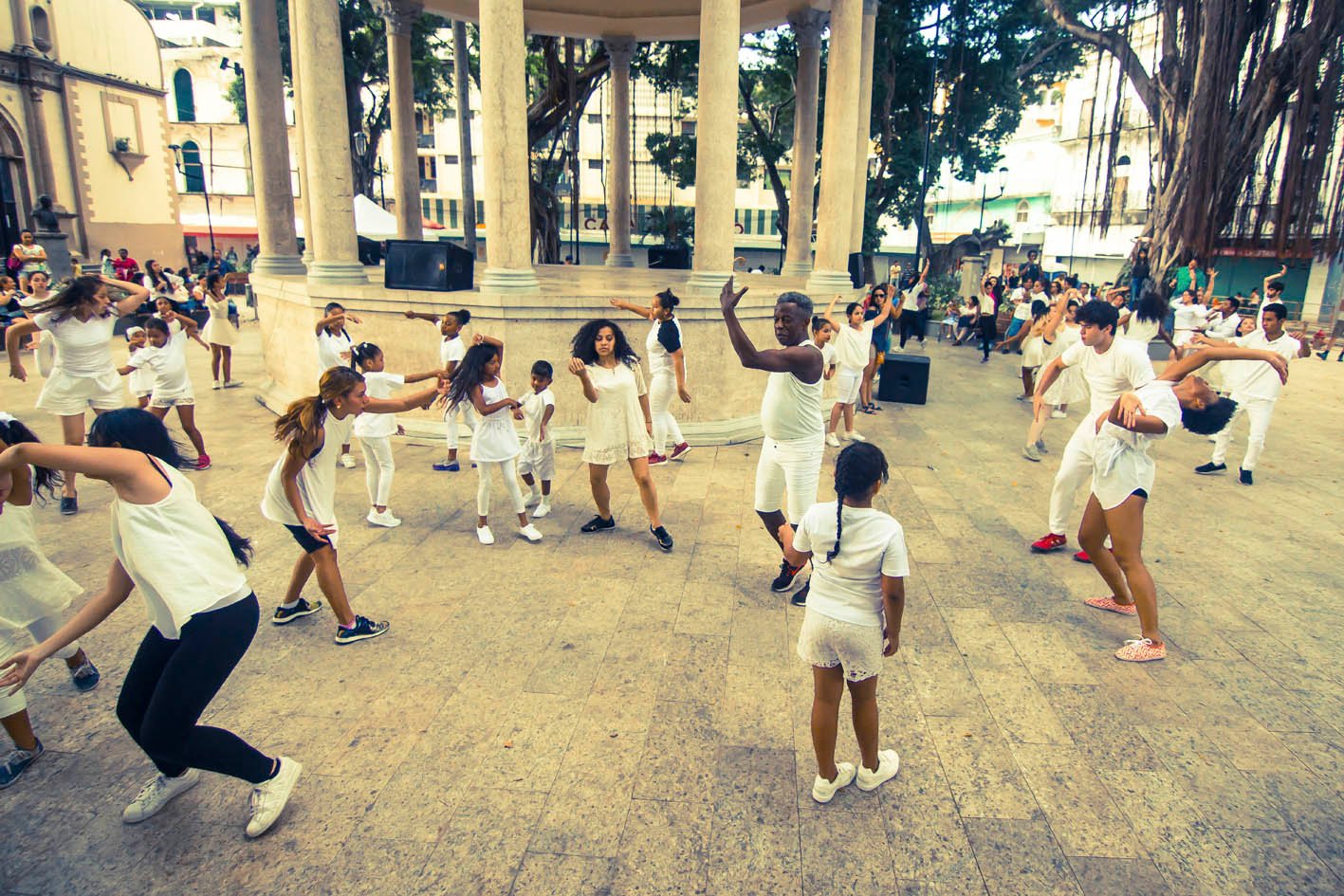
These concepts began to percolate through Panama in the early 1970s, when artists sought more than polite applause from audiences. Dance can allow us to unsettle, shake up, and heal rifts in social consciousness, posits Vielka Chu in her master’s thesis, in which she reflects on the functions of dance. Her work reached stages in working-class neighborhoods and communities far from the country’s economic center, promoting national pride and a cohesive identity. This was predicated on the still-controversial idea that anyone can participate in dance, regardless of body type, age, or social status. All of this represented a revolution in the role of dance artists in the country. A commitment to artistic excellence and mass training emerged, and marginalized groups were integrated into new artistic endeavors.
This artistic tradition is still part of Panamanian dance. Raíz (Root), choreographed by Omaris Mariñas, is inspired by what she describes as “the natural Panamanian feeling for movement, finding the rhythm, smiling and dancing to the beat of drums as straight from the soul, rather than the mind.” This piece is a collective dance performed by seventy amateurs and professionals, aged 4 to 72, in iconic spaces around Panama City, showing the diverse identities that make up the country. The Gramo Danse Foundation’s Danzárea program, the Espacio Creativo Foundation’s Enlaces, and La Tribu work in neighborhoods with high levels of violence. Through dance, young people in these communities take ownership of public spaces to address topics relevant to them, such as racism and harassment.
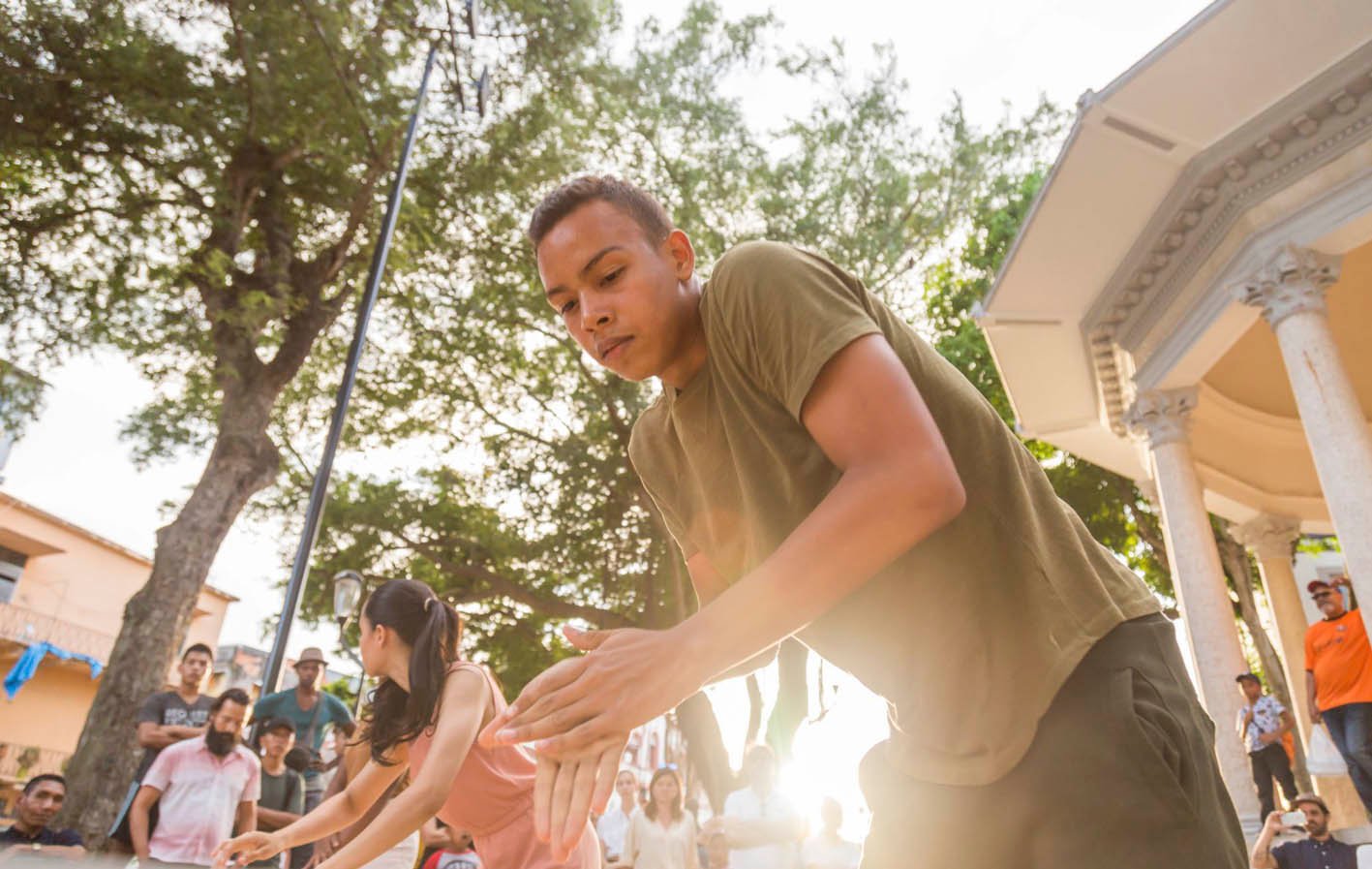
The Enlaces initiative has been recognized internationally. Started 12 years ago, the program helps more than 350 children and adolescents each year to develop their artistic, academic, and humanitarian potential through contemporary dance. Enlaces treats art as a tool of individual revolution through the pursuit of artistic excellence. Program director Carlos Smith feels that while the program develops participants’ artistic talent, it also goes well beyond this: “Only some 3% to 5% of our students will become professional dancers. The children say that contemporary dance gives them peace, a safe place, and a language in which to express their feelings, concerns, and aspirations. In a community that has suffered violence, movement is a very profound metaphor in the face of the immobility linked to pain.”
This spirit sparked the birth of the Contemporary Dance Company of Panama (COCO) that same year. Under the artistic vision of Marlyn Attie, COCO consists of 8 dancers between the ages of 18 and 35 from different socioeconomic and educational backgrounds. Two of them are Enlaces graduates. For Attie, the first challenge was to integrate all of these identities: “Our common interest is to establish a dance company that strengthens the cultural identity of Panama.” COCO’s first piece, titled 55, explores this identity through the mola, a reverse appliqué handicraft from Panama’s Guna Yala region. In molas, Attie explains, “each layer of fabric supports the next and together they all blend into a harmonious image”; each dancer’s input, based on their own experiences and multitude of identities, comes together to create a piece filled with elegant, playful forms that move to the beat of reguetón and a metronome.
What is the future of contemporary dance in Panama? The Ministry of Culture continues to work on regulations for the Law of Culture and the wording of the Artists’ Law. Omaris Mariñas feels that these types of tools are essential for ensuring reasonable salaries and social security. Ximena Eleta points out the difficulty of talking about only one sector of dance, since there is a great diversity of circumstances, styles, and aspirations. “All this may be in the early stages, but I would venture to say that it is clearly growing and has a promising future.”
Developing Talent
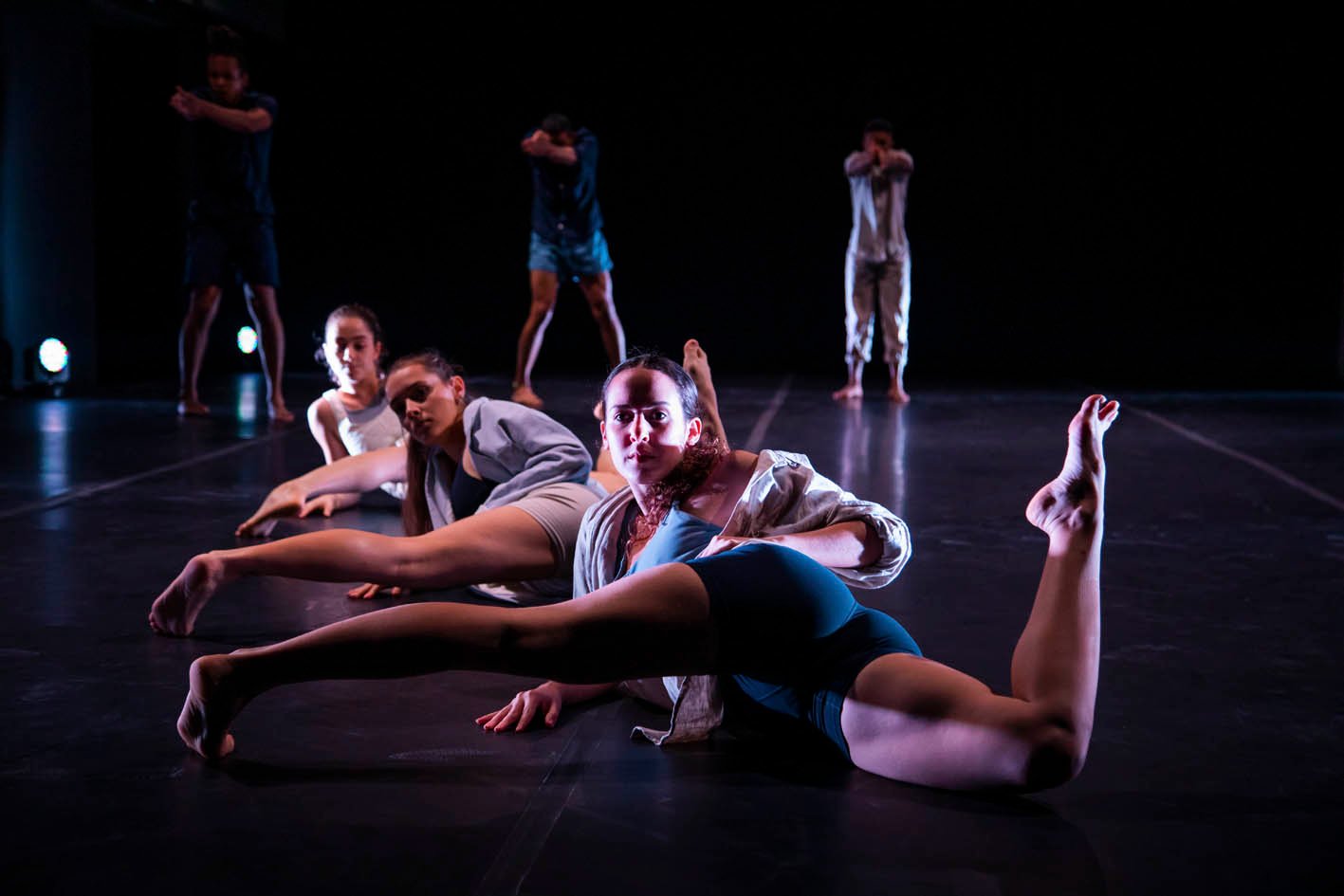
José Garrido has studied dance —with a full scholarship— at the University of the Arts (Codarts) in the Netherlands since 2019. But his story began far from there. José was born in Pesé, a rural town of less than 3,000 people more than 100 miles from the Panamanian capital. From the age of two, he lived with his grandmother in Santa Ana, a vulnerable neighborhood in Panama City. José was accepted in the first Enlaces group at the age of nine. Dance and the psychosocial support he received, along with his grandmother’s constant encouragement, opened many doors for José. He danced in the United States, Slovenia, Italy, Nicaragua, and Costa Rica before the age of 18.
Dance in Panama
The premiere of new COCO choreography will be presented on July 10 at the Pacific Theater.
The annual Enlaces show will take place September 1-3 at the Heurtematte building in Santa Ana.
Prisma Festival 11 will be held October 10-16 at the National Theater, the Ateneo (City of Knowledge), and in public spaces around Panama City.
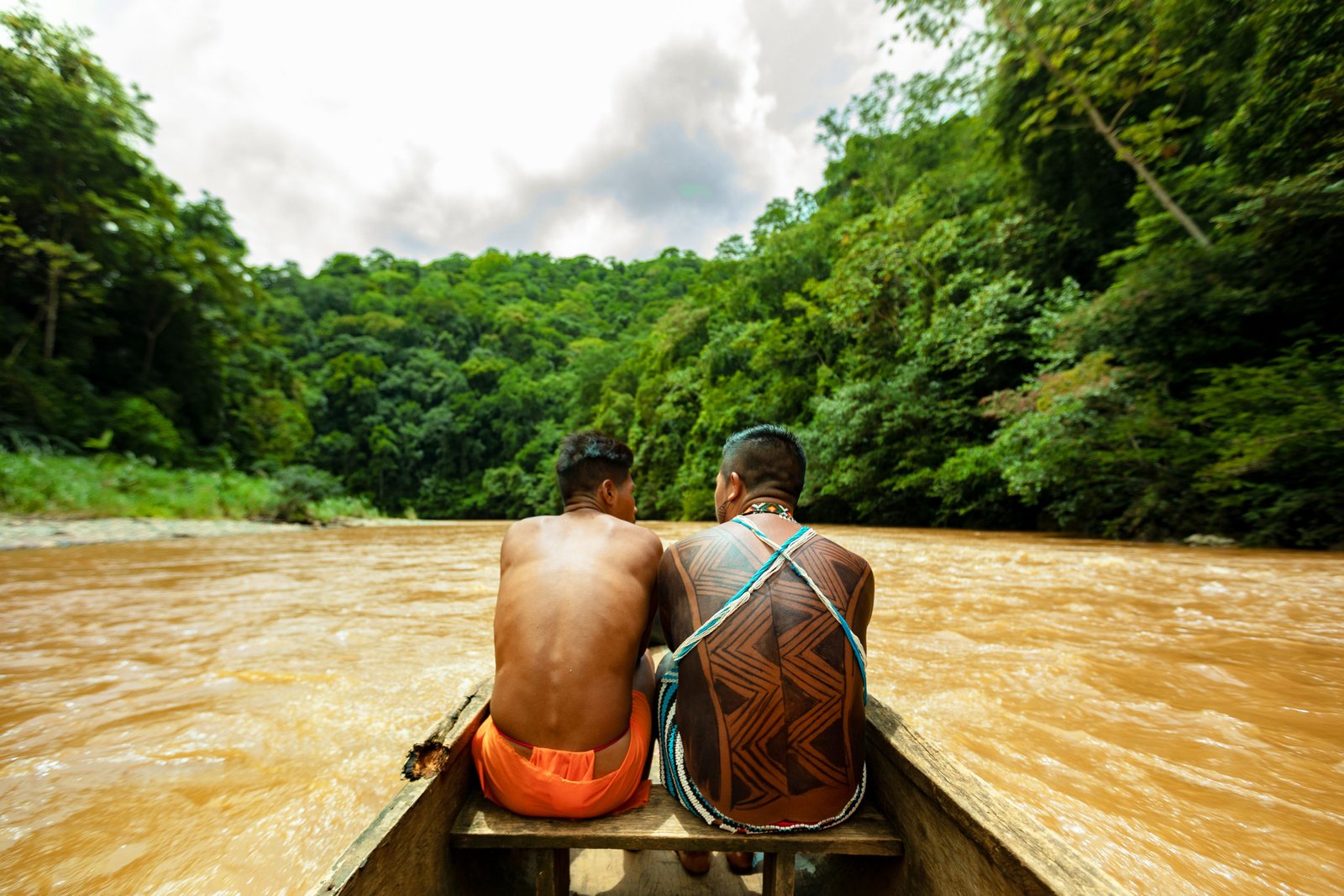

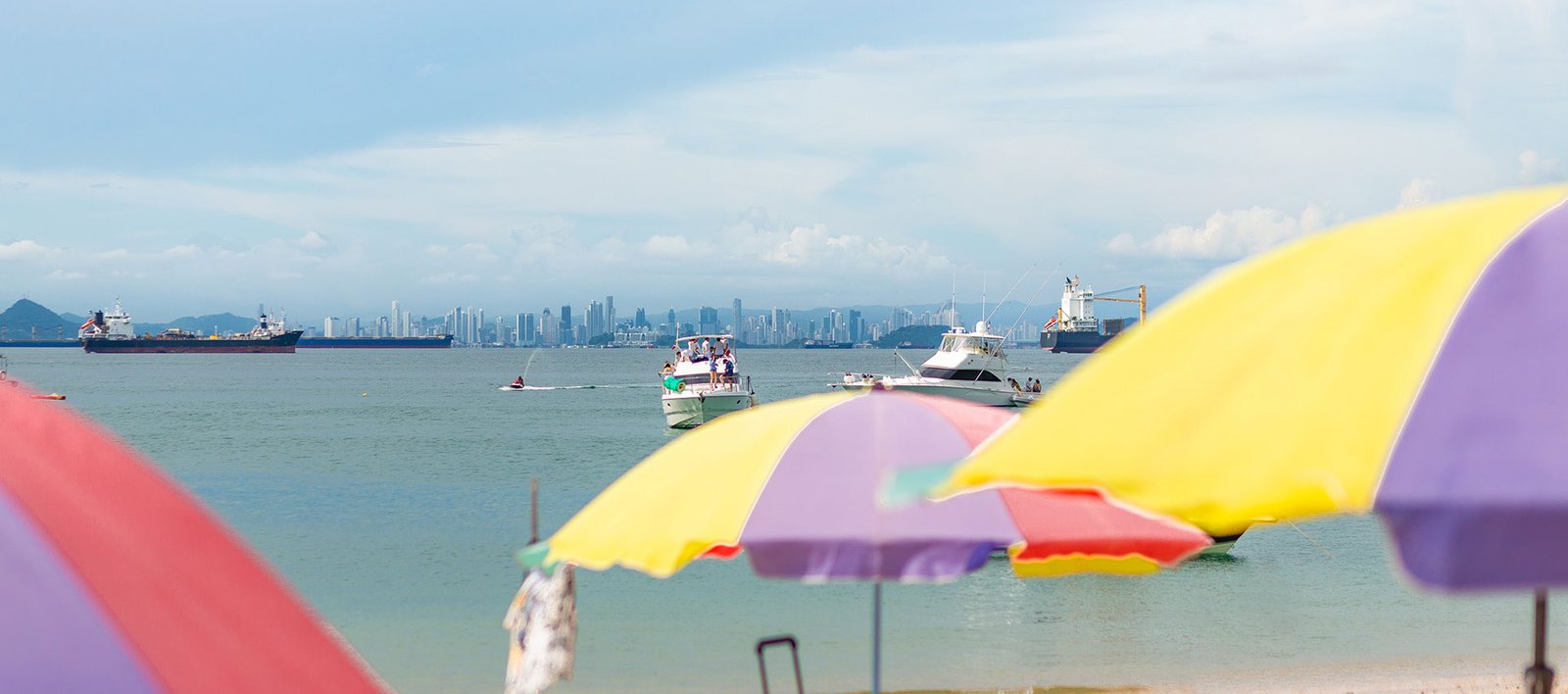

Leave a Reply